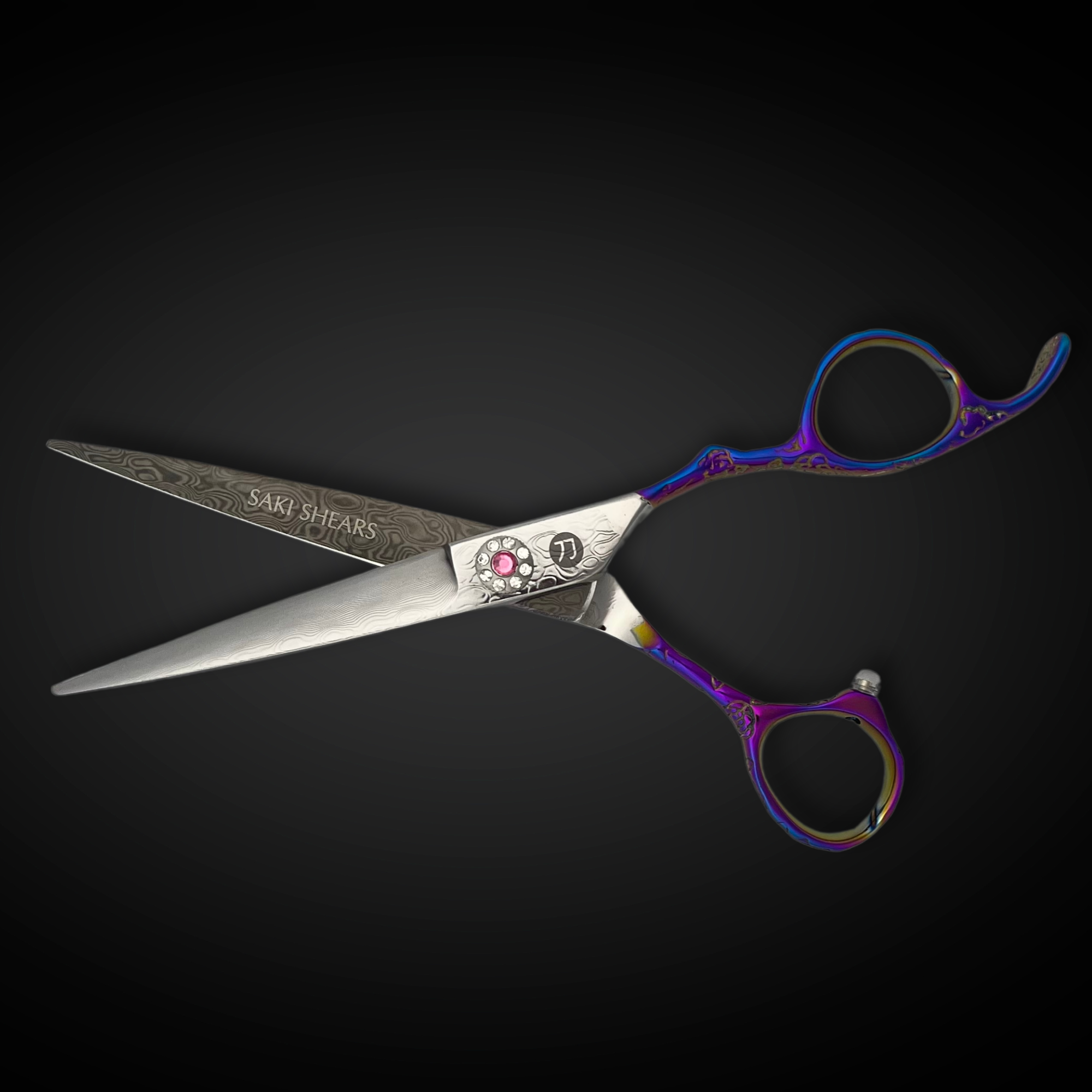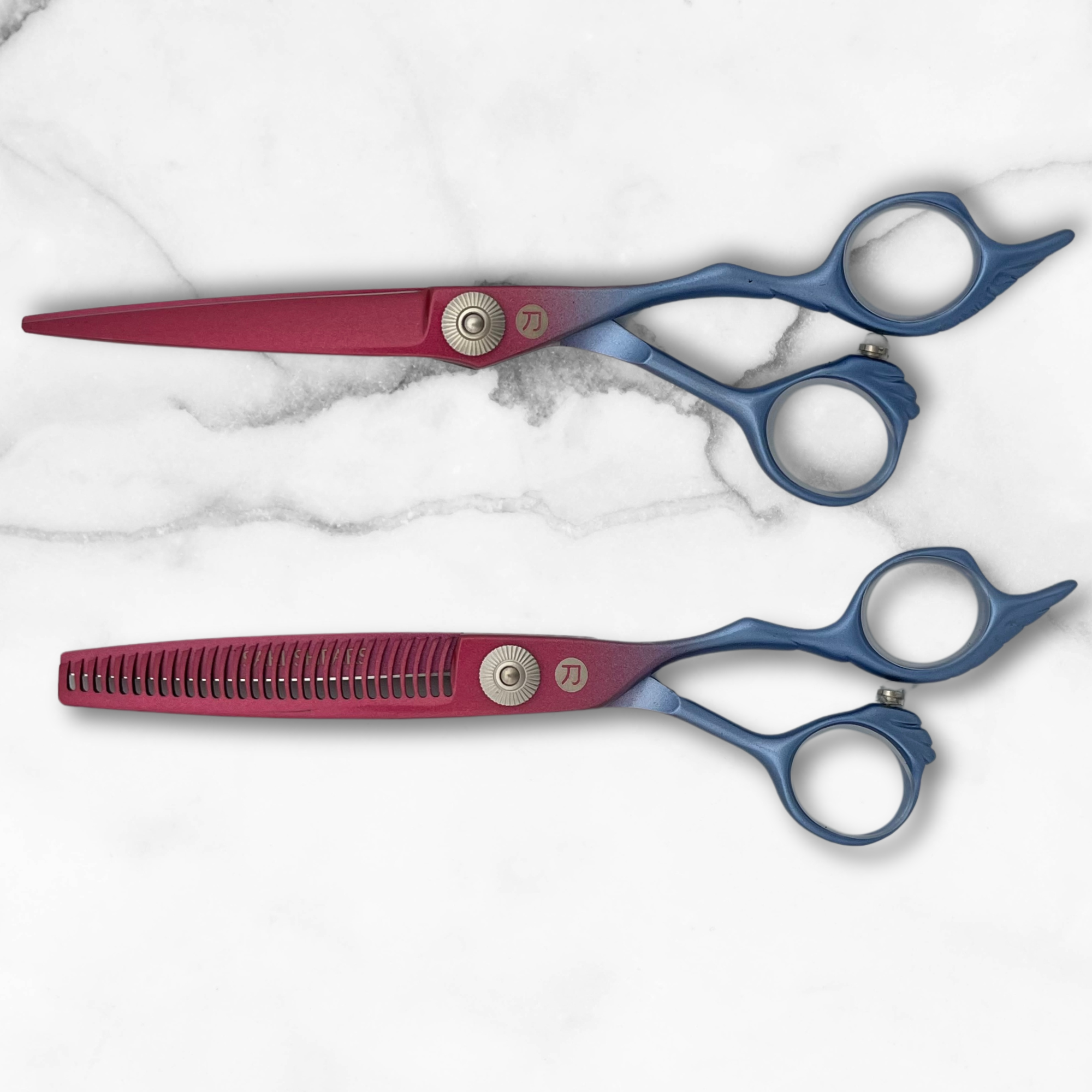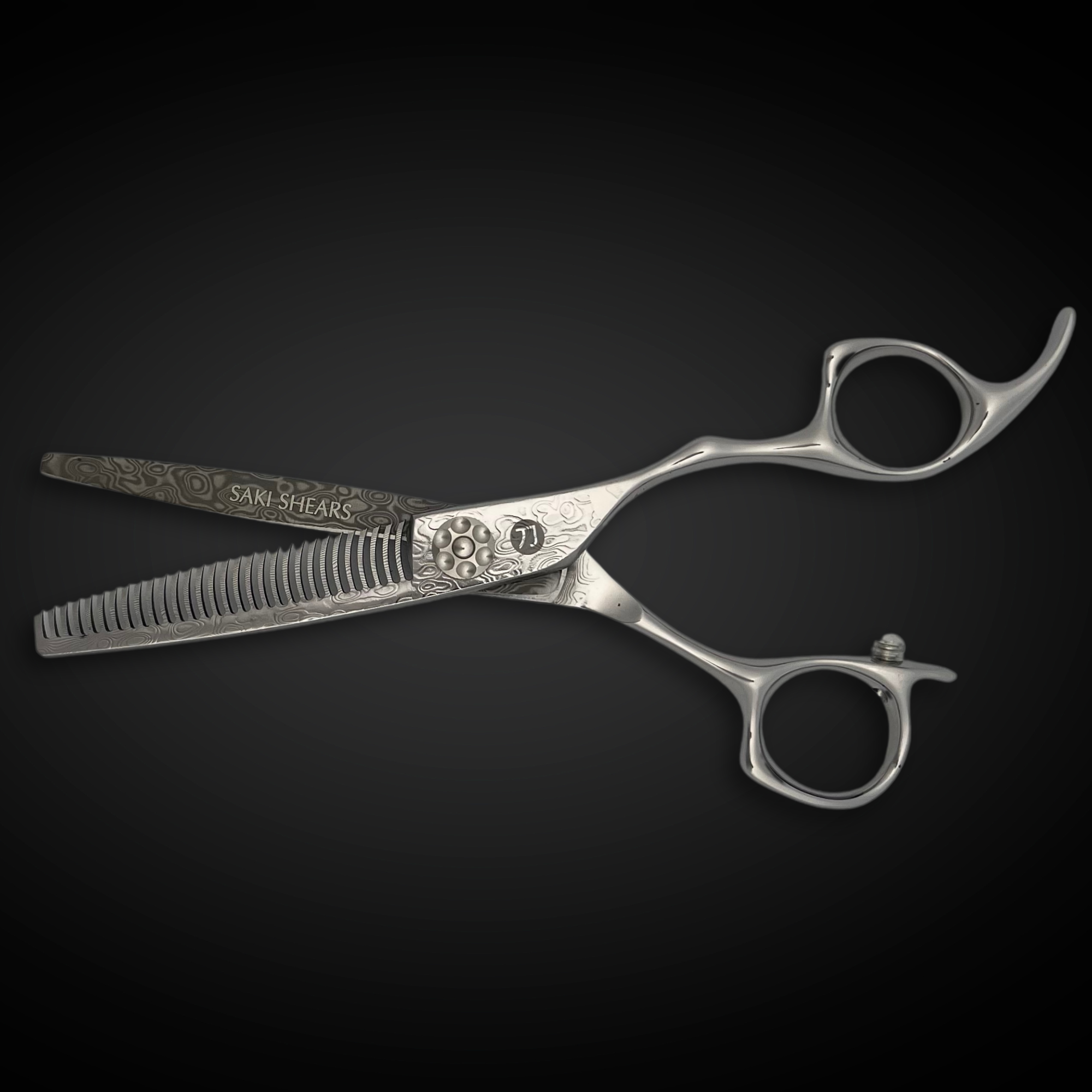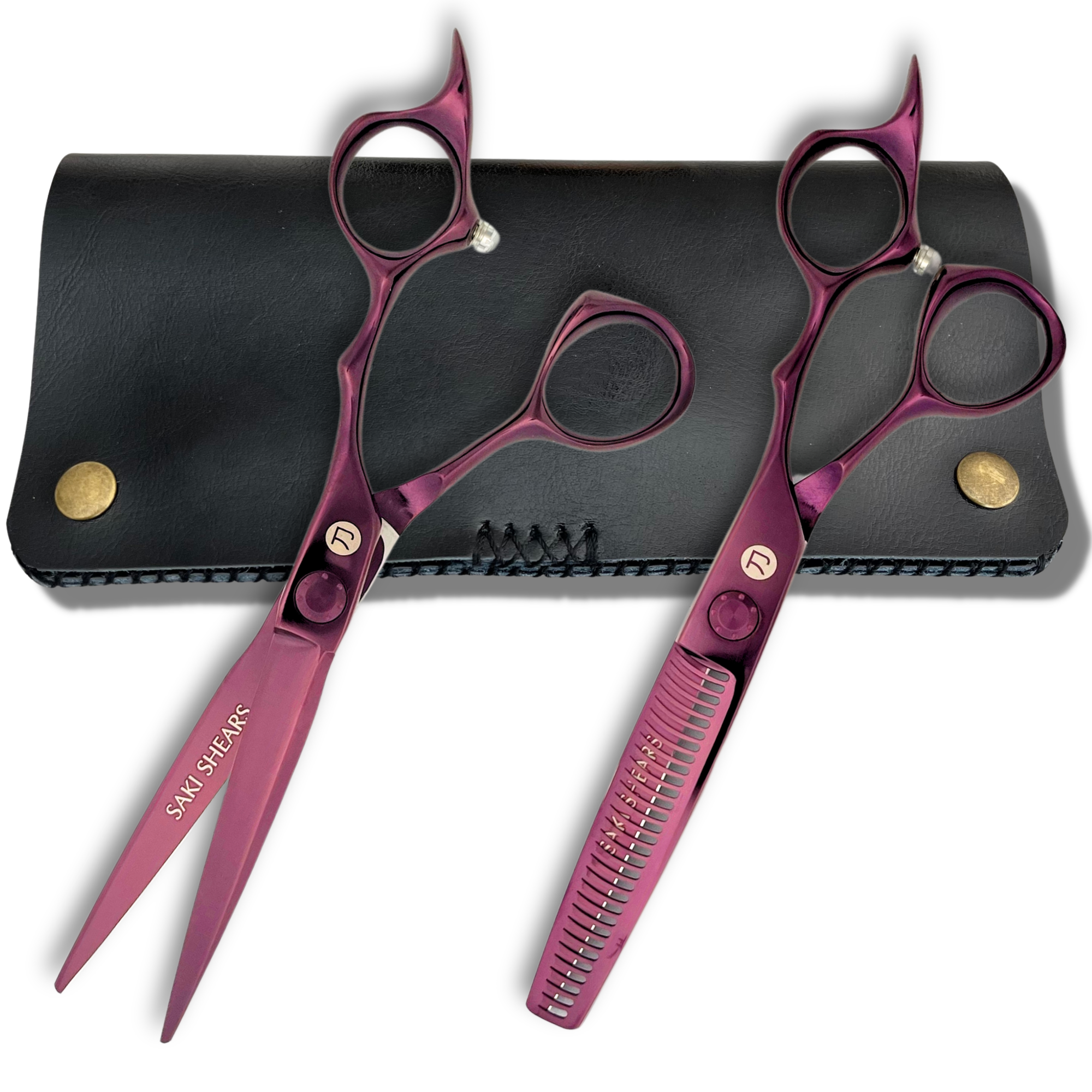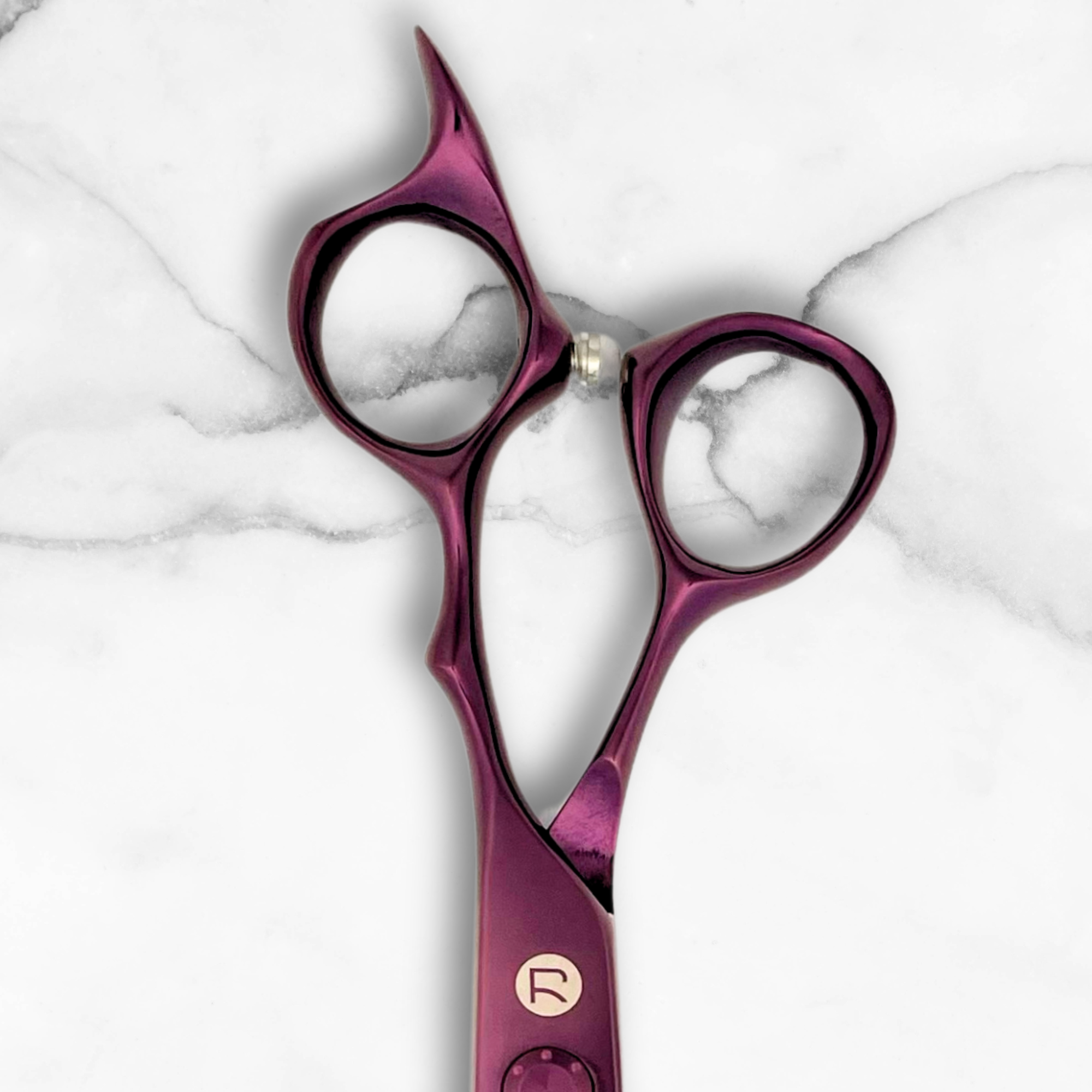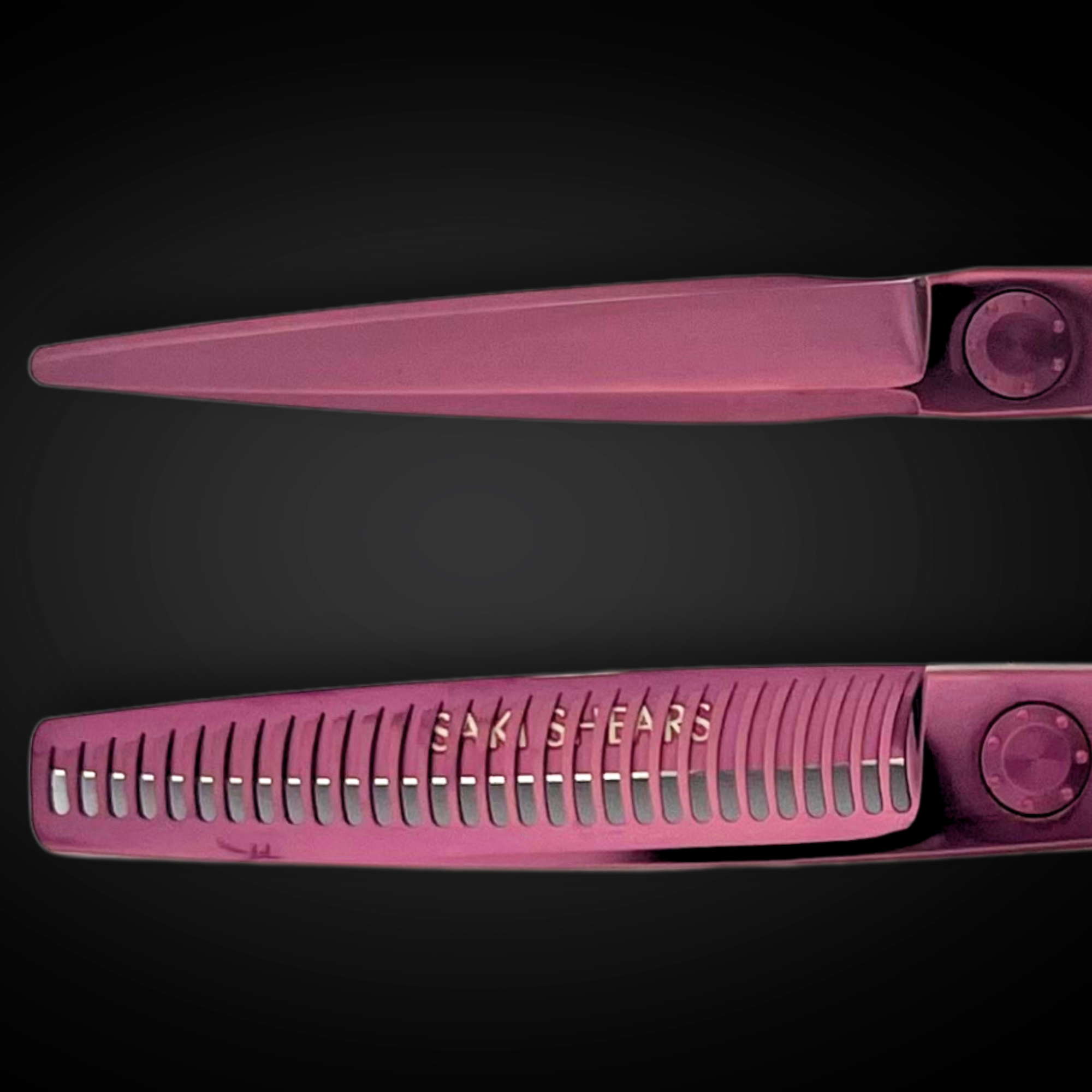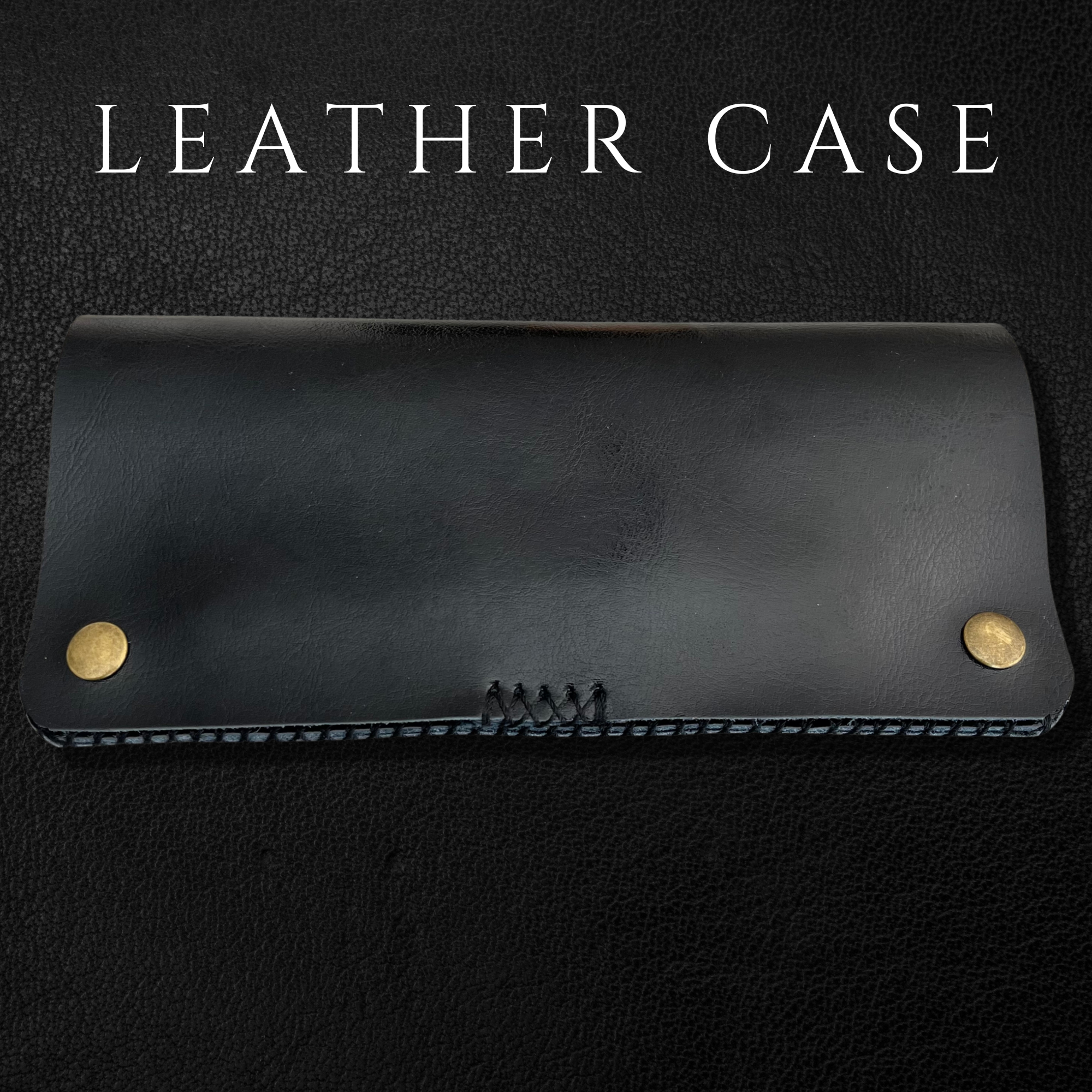Complete Guide to Layered, Blunt & Straight Cuts
Hairstyling is as much an art form as it is a science. For professionals in the hairdressing industry, mastering advanced haircutting techniques is crucial to delivering precision, volume, and a flawless finish to clients. This guide explores layered, blunt, and straight haircuts in detail, offering step-by-step insights into sectioning, cutting angles, and thinning processes. This is a must-read for hairstylists, barbers, and salon operators aiming to refine their craft.
Introduction
Haircuts are more than just trims; they are tailored masterpieces that frame a client’s personality and enhance their features. The techniques behind layered, blunt, and straight haircuts require precision, patience, and a clear understanding of the interplay between angles, sections, and movement. This article breaks down these methods and offers expert advice to help hairstyling professionals achieve consistent, impeccable results.
Whether you're perfecting a layered hairstyle for added texture or executing a sharp blunt cut for a sleek finish, this guide ensures you're equipped with the knowledge to impress your clients while maintaining ergonomic efficiency.
Understanding the Foundation: Sectioning Hair
Before any haircut begins, the foundation lies in proper sectioning. Each technique relies on dividing the hair into manageable portions to maintain symmetry and consistency.
Key Sectioning Methods
-
Profile Separation:
Start by creating a straight line from the middle of the forehead (between the eyebrows) down to the nape. This divides the hair into two main sections - right and left. -
Crown Separation:
Make a horizontal separation that runs from one ear to the other, cutting across the crown. This divides the hair into front and back sections. -
Horizontal Partitions:
For a gradual cut, divide the hair into horizontal layers starting at the nape and working upward toward the crown. This ensures clean and even layers. -
Triangular and Diagonal Separations:
For designs like curtain bangs or angled bobs, create triangular sections from the peak of the forehead to the eyebrows. Diagonal partitions are ideal for adding texture and movement.
By mastering these sectioning techniques, hairstylists can control the hair’s direction and ensure precision in every cut.
Layered Haircut: Adding Dimension and Depth
Layered haircuts are a popular choice for clients looking to add volume and movement. Here’s how to execute a seamless layered design.
Step-by-Step Guide
-
Start from the Back:
After sectioning the hair, begin at the nape. Create a horizontal separation and cut the desired length using a guide from the middle. -
Work Gradually:
Progress upward with horizontal separations, cutting the hair slice by slice. Hold each layer at a 90° angle relative to the scalp for consistent layering. -
Create Texture:
Point cutting or slicing techniques can be used to soften edges and create a natural fall. -
Personalize the Look:
Use thinning or blending scissors to refine transitions between layers. This is especially useful for clients with thicker hair who want a more lightweight feel.
Pro Tip
For curtain bangs or other frontal layering, use diagonal sections. Begin at the cheekbones and cut at a 45° angle for a soft, face-framing effect.
Blunt Haircut: Achieving Sharp, Clean Lines
Blunt haircuts are all about precision. This technique delivers a bold, sleek look that’s perfect for straight or wavy hair types.
Step-by-Step Guide
-
Define the Foundation:
Begin by determining the length at the nape using a horizontal guide. Comb the hair straight down and cut in a straight line using a sharp scissor stroke. -
Follow the Guide:
Align subsequent layers to the original guide. Ensure uniformity by cutting with the comb acting as a ruler. -
Maintain Symmetry:
To avoid uneven cuts, adjust the client’s head position slightly forward when working on the nape and sides. -
Refine the Contours:
Use your comb to measure and check for consistency along the hair's edge. Clean up any imperfections with small, precise cuts.
Straight Haircut: Simplicity in Structure
Straight cuts offer a classic, polished appearance. The structure of this style requires careful attention to detail to avoid uneven or jagged edges.
Steps for Perfection
-
Section and Stabilize:
Use profile and crown separations to divide the hair into manageable portions. Start from the back and work to the front. -
Cut Horizontally:
For a sleek result, use the comb-six technique, keeping the scissor strokes parallel to the comb. -
Check Angles:
Keep the hair taut and ensure the comb is used as a guide at all times. Adjust your grip and angles to match the head’s curvature. -
Add Movement to the Front:
To soften the overall look, add triangular separations to the front and cut diagonally for subtle framing.
The Importance of Thinning and Texturizing
Thinning scissors are invaluable for finishing touches. They help reduce bulk, soften transitions, and ensure the hair flows naturally.
How to Use Thinning Scissors
- For Ends: Gently thin out the hair tips to eliminate harsh lines.
- For Volume Reduction: Focus on the mid-lengths without touching the roots.
- Avoid Overuse: Excessive thinning can lead to uneven weight distribution and unwanted frizz.
Advanced Techniques for Specialty Cuts
Bob Haircuts (Graduated and Asymmetrical)
-
Graduated Bob:
Add layers at the nape using vertical 45° cuts. This creates a curved effect with a shorter back and longer front. -
Asymmetrical Bob:
Keep one side shorter than the other. Use diagonal separations to create a tapered effect.
Curtain Bangs Design
- Create a triangular section in the front.
- Cut diagonally from cheekbones to jawline at a 45° angle.
- Blend the bangs into the surrounding layers for a seamless finish.
Key Takeaways
- Sectioning is Critical: Proper sectioning (profile, crown, horizontal, diagonal) provides structure and precision.
- Layering Adds Volume: Use angles like 90° or 45° to create depth and texture.
- Blunt Cuts Require Precision: Use the comb as a ruler and ensure perfect symmetry.
- Straight Cuts Highlight Simplicity: Maintain clean lines for a polished look.
- Thinning Enhances Transitions: Focus on the ends to ensure soft, natural movement.
- Angles Matter: Diagonal cuts (45°) are essential for layered and asymmetrical designs.
- Ergonomics Are Important: Always adjust the client’s head position to achieve the correct angle.
Conclusion
Mastering the art of layered, blunt, and straight haircuts is a fundamental skill for professional hairstylists. With precise sectioning, strategic angles, and finishing techniques like thinning, you can create versatile designs that cater to your clients' unique styles and preferences. By incorporating these advanced methods into your repertoire, you’ll elevate your craft and build lasting client satisfaction.
Haircuts are more than just aesthetic changes. They’re expressions of individuality, and as a stylist, your technique can make all the difference. Practice these steps, refine your skills, and watch your confidence behind the scissors grow.
Source: "Professional Haircutting Techniques | Layered, Blunt & Straight Cuts Tutorial" - Chic Trim, YouTube, Aug 7, 2025 - https://www.youtube.com/watch?v=8AJJMxIL07M
Use: Embedded for reference. Brief quotes used for commentary/review.

